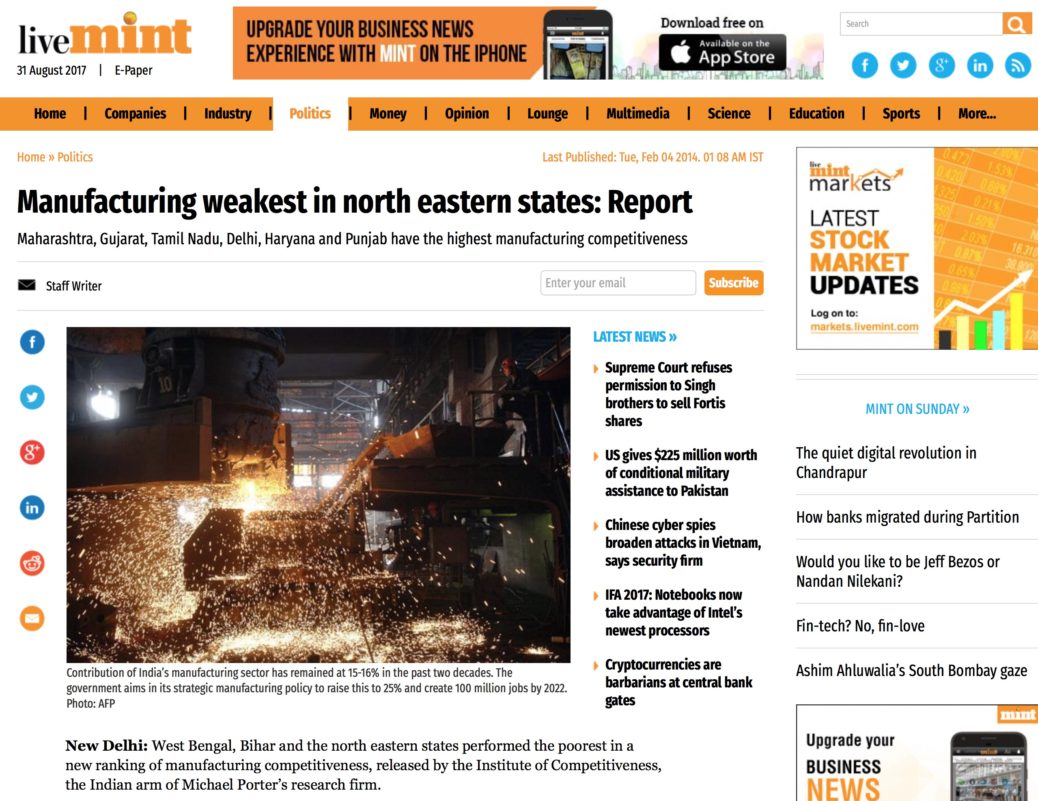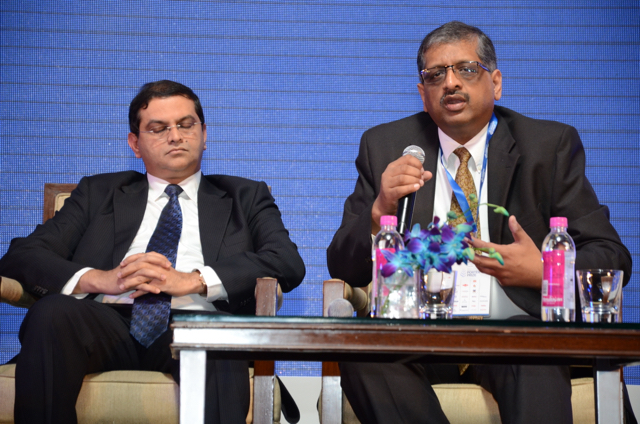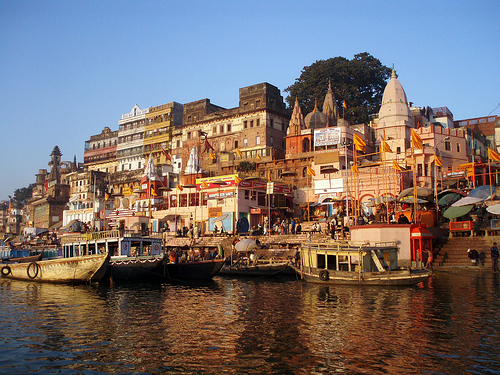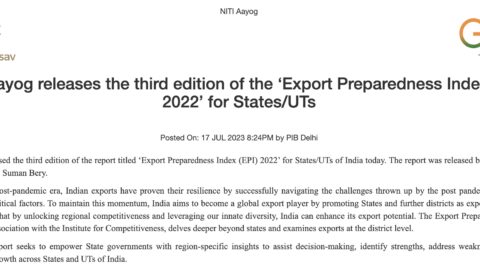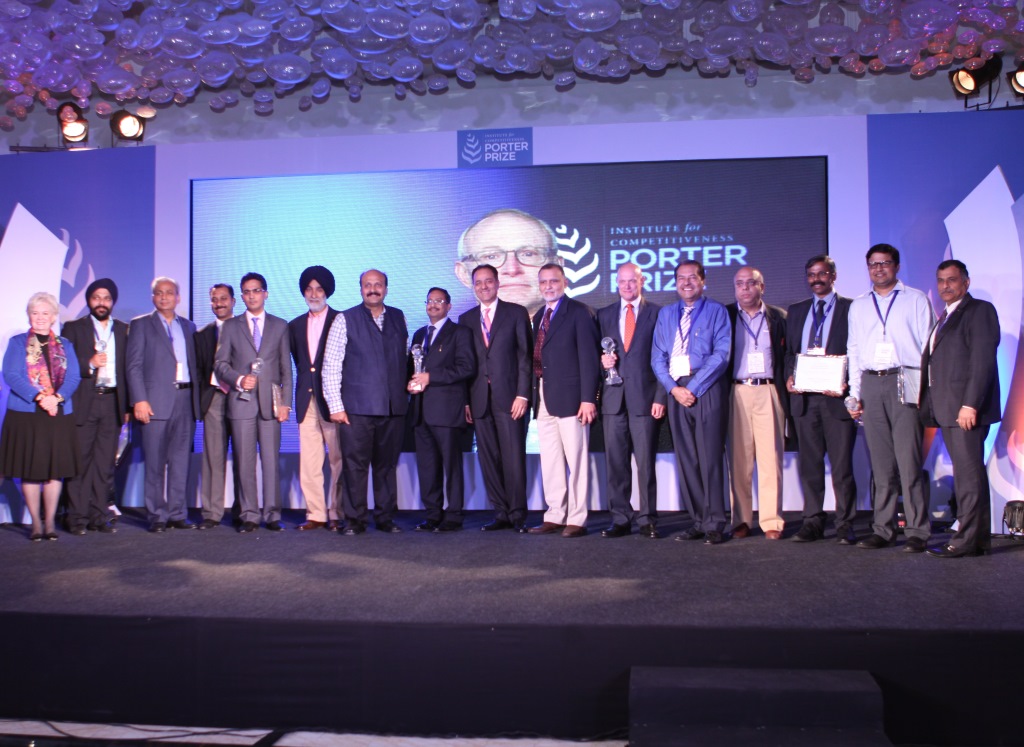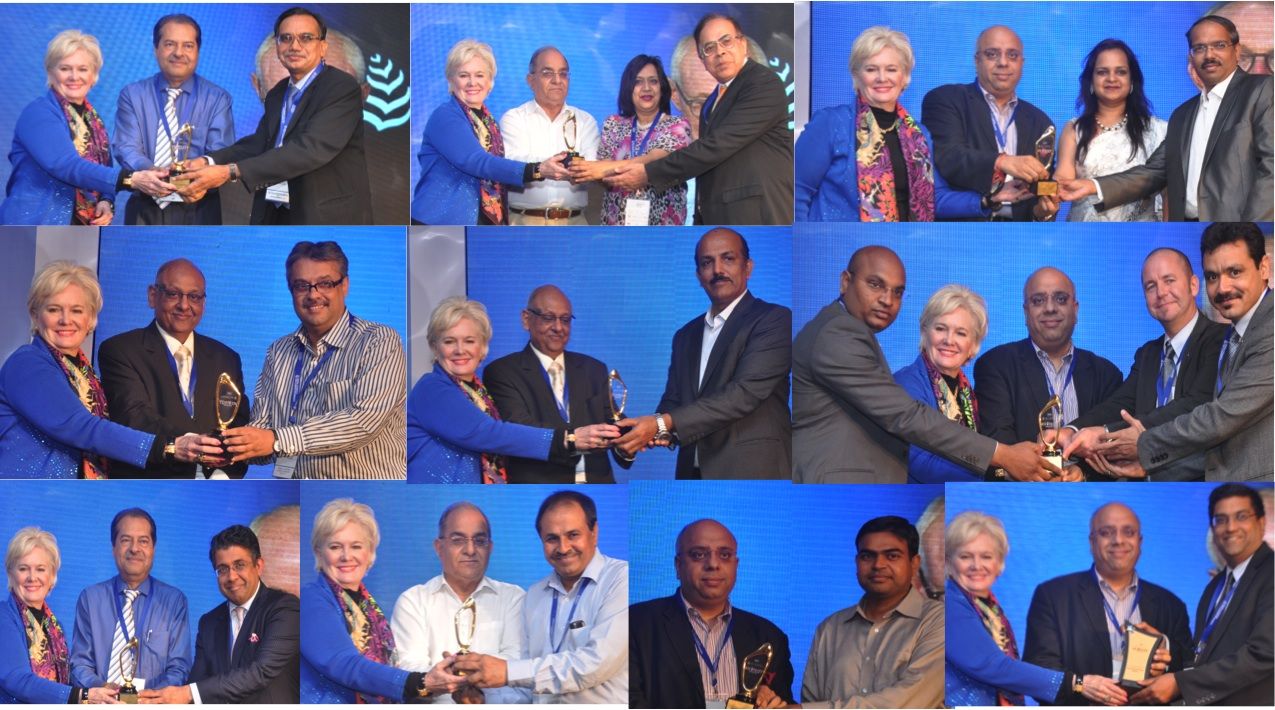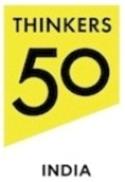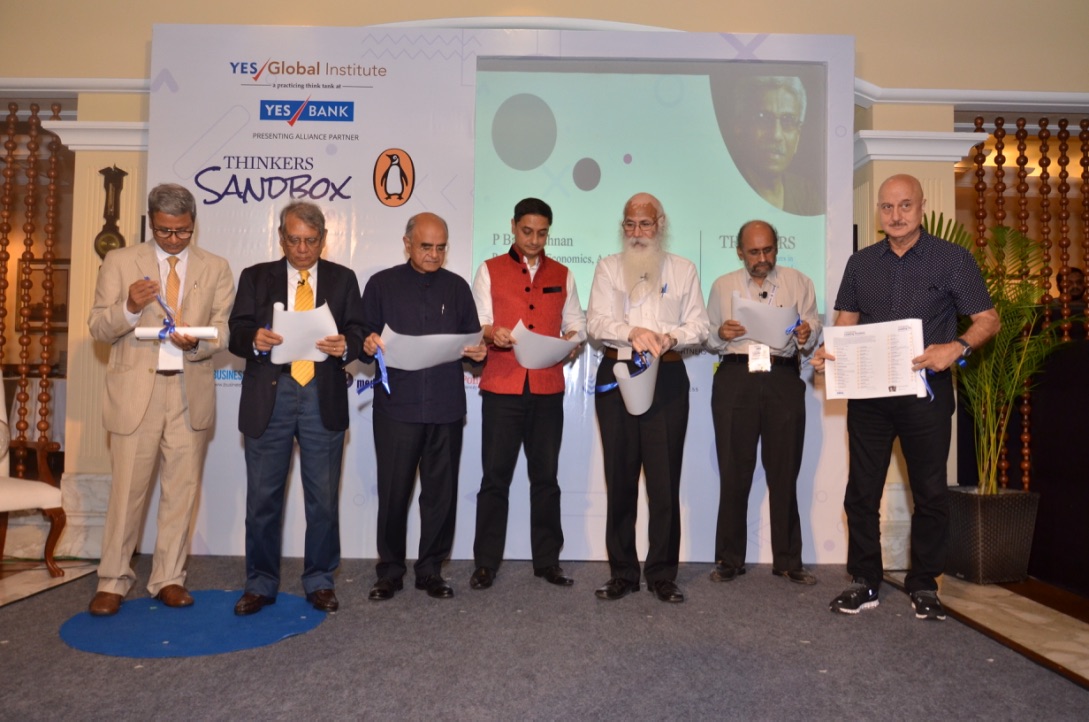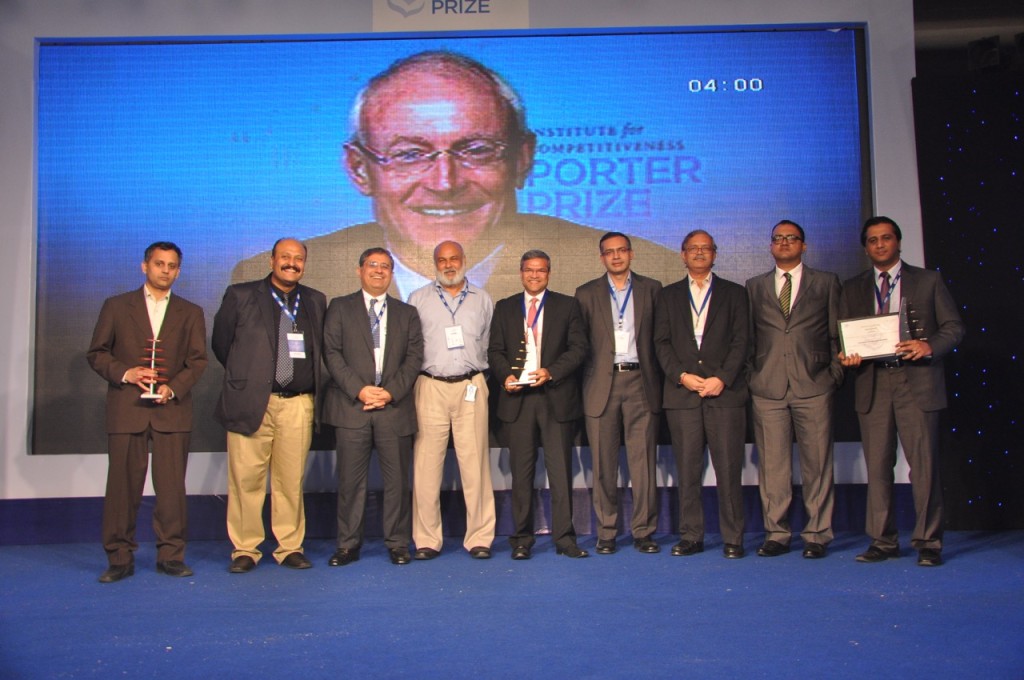States in India Assessed and Ranked According to Different Stages of Development on Manufacturing Competitiveness Index 2014
Highlights:
- Manufacturing Competitiveness Report 2014 is the inaugural edition and the first time that anassessment (in the form of report) of manufacturing has been done on a sub-national level in the Indian economy
- The aim is to measure manufacturing competitiveness and suggest ways to significantly enhance itfor various sub-national regions in the Indian context
- The states have been categorized according to various stages of development of manufacturing. This helps in comparison between states at a similar level of manufacturing development
- Maharashtra, Andhra Pradesh, Uttar Pradesh, West Bengal, Tripura and Delhi, emerge as the top performers in respective brackets
- The report will be of use to corporates/ industry bodies and governments who are seeking to understand and enhance manufacturing competitiveness
- The report draws conceptual antecedents from a recent paper of Professor Michael Porter, of Harvard Business School
Introduction:
Manufacturing is a crucial determinant of success of any industrial nation. India’s manufacturing sector amounting to just 15 % of the GDP reflects a deep structural problem with the Indian economy. The Manufacturing Competitiveness Report 2014 of the Institute for Competitiveness, India is an in-depth analysis of the manufacturing sector from a sub-national perspective in the Indian context. It does a measurement, classification and ranking of states.
Methodology:
The Manufacturing Competitiveness Index 2014 draws conceptual antecedents from a recent paper on “The Determinants of National Competitiveness” by Porter et al. Professor Michael E Porter is a Bishop William Lawrence Professor at Harvard University. The index draws on the concept of foundational competitiveness as the expected level of output per working age individual. This is a better way of measuring competitiveness rather that the traditional output per individual as the earlier concept also included children and retired people who were not really contributing directly to the increases in productivity. The index is thus constructed based on 4 interrelated factors ofCompany Operations and Strategy (COS), State Business Environment (SBE), Social Infrastructure and Political Institutions (SIPI) and Macroeconomic Indicators (MI).
Based on the methodology states and union territory of Delhi were divided into 6 categories based on the stage of manufacturing development. These are city-states bracket, strong states, medium to strong bracket, medium bracket, weak to medium bracket and weak bracket.
Results:
- Maharashtra and Gujarat are overall better performers in the strong states’ bracket.
- Andhra Pradesh emerges as the most competitive state in the medium to strong states’ bracket.
- Uttar Pradesh and Kerala emerge as the top performers in the medium states’ bracket.
- West Bengal and Orissa emerge as top performers in the weak to medium states’ bracket.
- Tripura and Assam emerge as top performers in the weak states’ bracket.
- Delhi emerges as the most competitive city-state on the Manufacturing Competitiveness Index.
Delhi has done well on all the 4 factors of manufacturing competitiveness. Maharashtra has done particularly well on the business environment factor of the framework used of measurement. Andhra Pradesh has done well on the business environment and macroeconomic indicator factors of manufacturing competitiveness index. Uttar Pradesh has done considerably better than peers in the same category on the company operations and strategy and macroeconomic indicator factors of manufacturing competitiveness index. West Bengal has done well relatively on the business environment and macroeconomic indicator factors of the manufacturing competitiveness index. Tripura has done well on the social and political institution factor of the manufacturing competitiveness index.
For more information on the results, kindly visit:
Learning and Policy Imperatives:
The report can be useful for drawing policy lessons both for corporates and businesses and what steps each of these could take to strengthen manufacturing at a regional level in India. The report also draws lessons from an international perspective, which could be used to boost India’s manufacturing. Specific among these being the rise of China, Germany and Korea basis their focus on export competitiveness in international markets in the past 8-10 years. It concludes with possibilities for improvement and suggestions to improve the manufacturing competitiveness of states by focusing on distinct strategies, which lead to sustainable competitive advantage.
Broad level learning and some policy imperatives include:
- Implementation of infrastructure projects and better connectivity will hold the key for manufacturing sector.
- Simple and stable laws for improvement in transparency and reduction in rent seeking behavior and corruption. This includes doing away with retrospective taxation and relaxed labour laws for improvement in manufacturing output.
- Further reform in the sector for greater investments and greater economic development.
- Focus on specific strategies based on the manufacturing stage of development.
- The central government will have to take proactive steps and make the states stakeholders and equal partners in building infrastructure and manufacturing hubs around them. The need is to look at manufacturing from a state oriented prism rather than only from a central government perspective.
- Focus on exports and value added segment in manufacturing can be another area enabling growth in the sector.
- Focus on MSME’s and identification of clusters, which can be bettered over time with an increase in output. The need is also for better and innovative ways of financing for greater growth.
- Understanding the triple bottom line (economic, environmental and social) and usage of resources appropriately for the greatest good to the greatest number of people.
Authors:
The report has been co-authored by Dr. Amit Kapoor and Sankalp Sharma.
The report was covered by Mint, AndhraNews.net and Indiainfoline on February 5, 2014.

